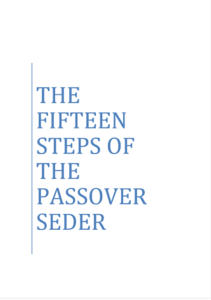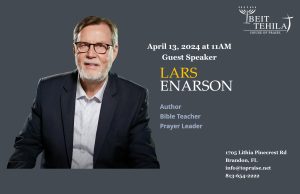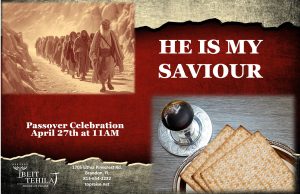Seder Teaching
Pastor Nick will be teaching on the Passover Seder April 6th at the 11AM service!
Guest Speaker
Lars Enarson will be speaking at our 11AM service on April 13th.
Passover Service
Saturday, April 27th at 11AM
“Directions to Beit Tehila”
We are located at 1705 Lithia Pinecrest Rd. Brandon FL. 33511













